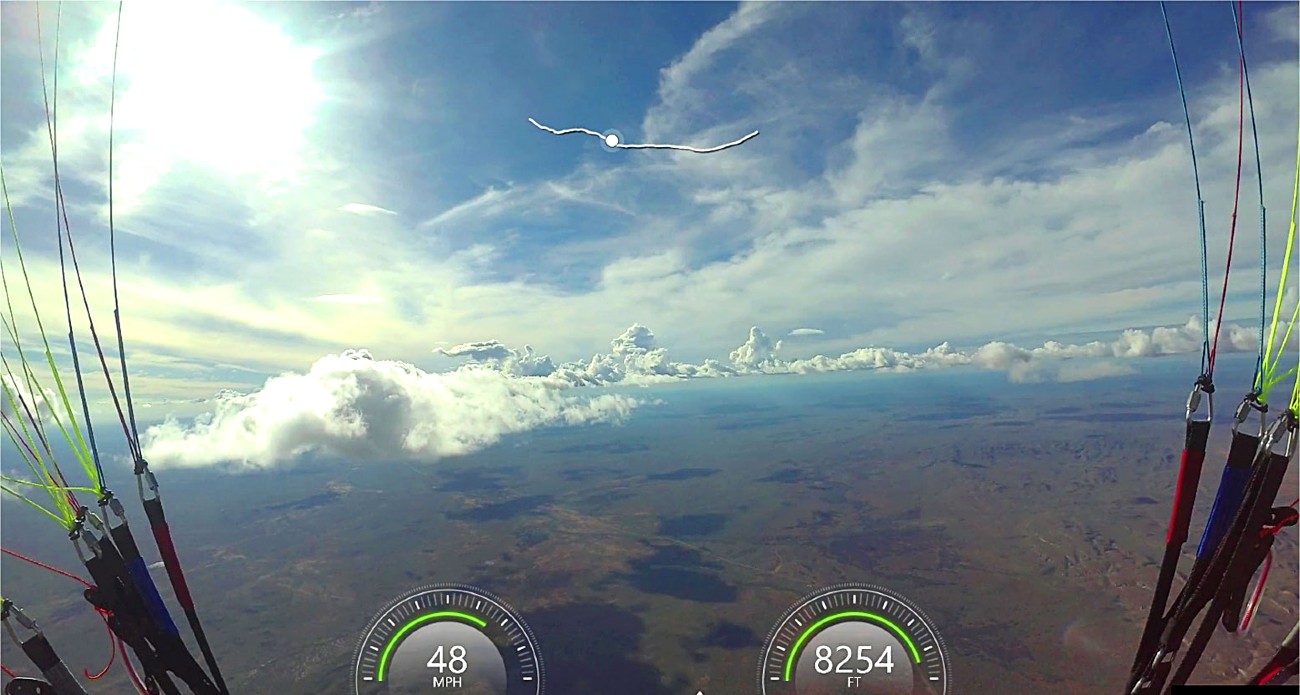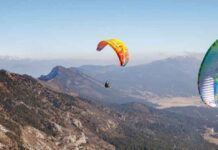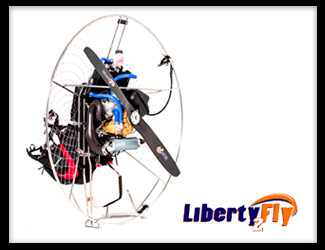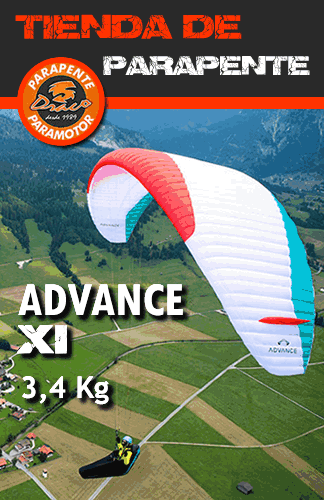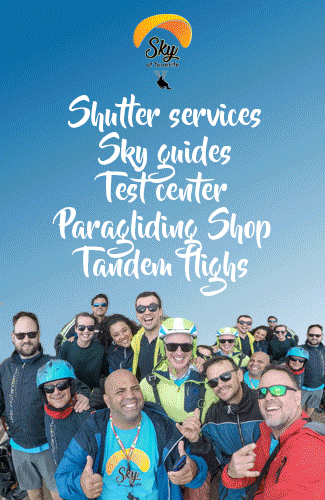I started flying back in 2007. I used to skydive, but the part that thrilled me was not the free-fall, but the glide under a parachute. Then I saw one paramotor fly over and then I decided to go with it.
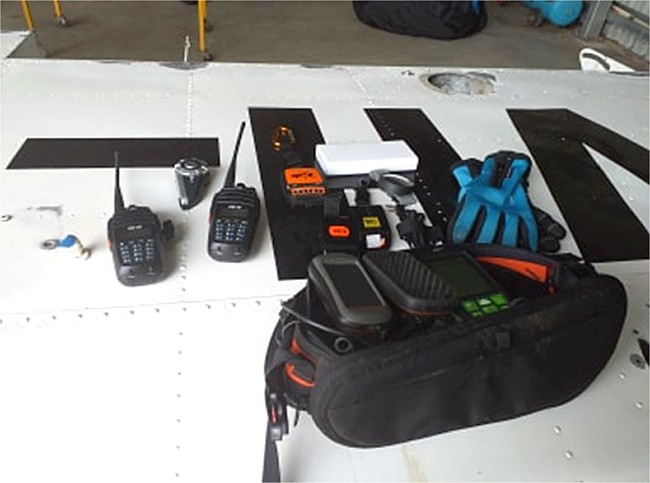
Ever since I learned to fly PPG, I have always enjoyed long XC flights and to push myself to see how far I can go. Some years ago, I had an idea, to push it further than anyone has ever done before. So, I took my goal to beat the current world record – 1105 km.
I chose Australia for the record attempt due to its more favourable climate, and fewer restrictions in airspace.
Years of testing, training, improving my setup have led me to this moment.
Everything was set for the record.
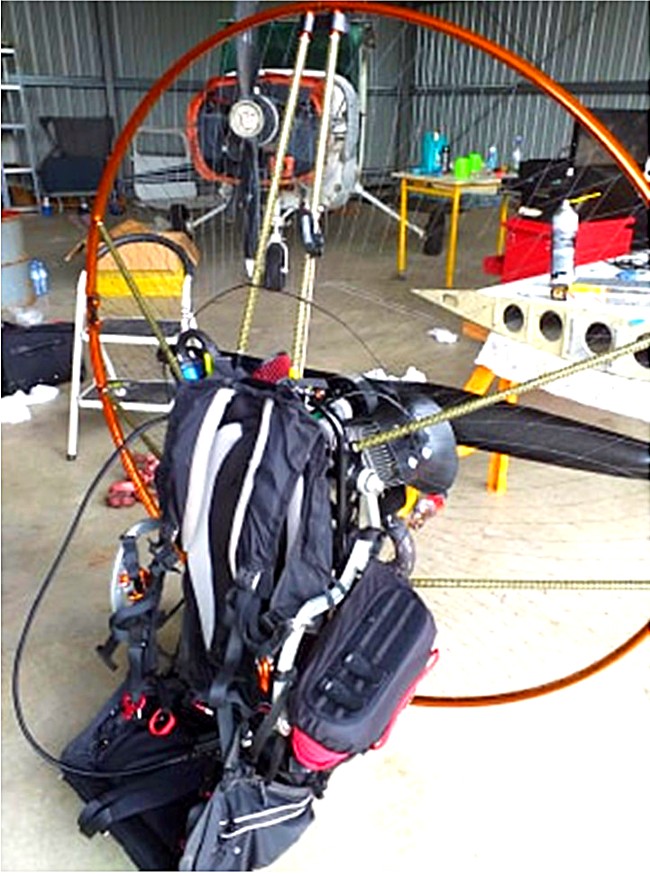
As equipment I had:
-Mac Para Paradox 27m wing
-HPR225 engine on a Power2Fly RS frame
-Mac Para Aegis 63 reserve – I choose the large reserve by weight during the take-off
-Flytec Element Track logger
-2X Amod loggers
-Garmin Oregon 300 and Oregon -600 GPS navigation devices/loggers
-1.5l of water
-Radios
-Spot Gen3 personal tracker
-Bridal knife
-Garmin Vrib Ultra 30 Camera
-2X Xiaomi Mi power banks to power all devices
-Mac Para front container to hold all electronic equipment.

The hardest part was to get the hang point just right so I would be hanging correctly with both tanks full (front and back), Front tank empty, main tank full and both tanks empty.
After succeeding in that, next challenge was to set up front fuel tank for take-off. I needed it to be high enough so it would not compromise my running and block my knees. Playing around a little bit, I managed to succeed with that and jog around the airfield with full tanks and without the wing to support me.
I decided to go with main tank almost full (17 litres in it) and front tank to carry round 55 litres.
I did not want to fill the main tank completely; because of the fuel delivery system I needed the tank to be aired both ways and didn’t want to overspill during the take-off.
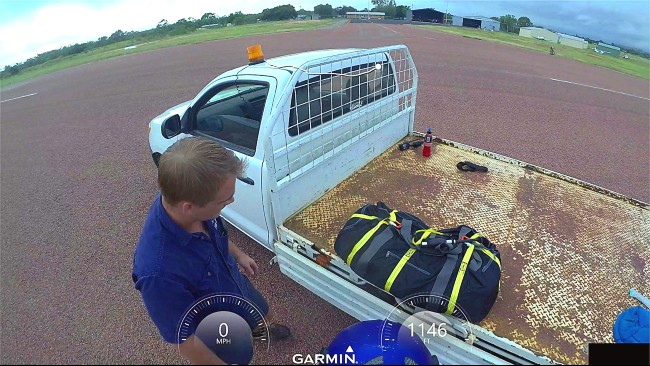
The front tank was put into a protective bag, that also made it easier to attach it to the unit.
In the morning I was going to take off, the winds started gathering force, so it was good to set everything up at sunrise.
The quick-link fuel line made it possible to set everything else up before attaching the front tank and that made getting up and moving to place a bit easier.
On my first attempt I thought conditions were strong enough for reverse launch. I got the wing up, but while turning I managed to twist my ankle a bit and tripped. Not a big problem. I had to take everything off and, in a few minutes, I was set up again and ready for second attempt.
Since winds weren’t that strong, I decided to go for a forward launch
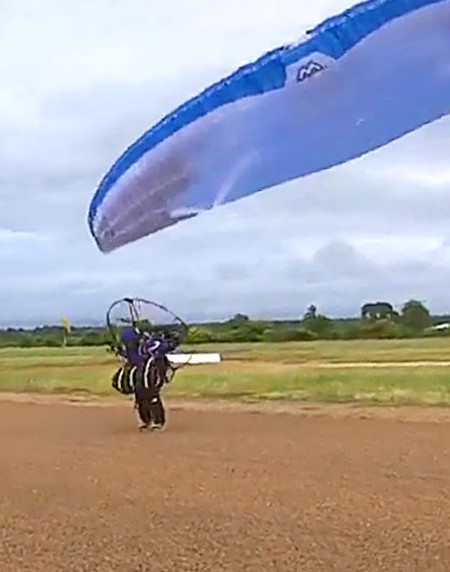
The gusts made it a bit difficult making the wing dance above my head a bit but, in general, that was not a problem. The impressive lift of my Paradox kicked in as soon as I started moving, helping me in the air.
Few moments later, I was in the air. It was a hard launch, but I had made it.
Next hours passed slowly climbing. I had leaned out engine so much for the cruising altitude that I could not use full climb in the beginning before I reached around 2500ft (760 metres) above ground. Also, I could not had done it because of the clouds at take-off point and up to 50 km further along the route were at 3000-5000ft (900-1500 metres).
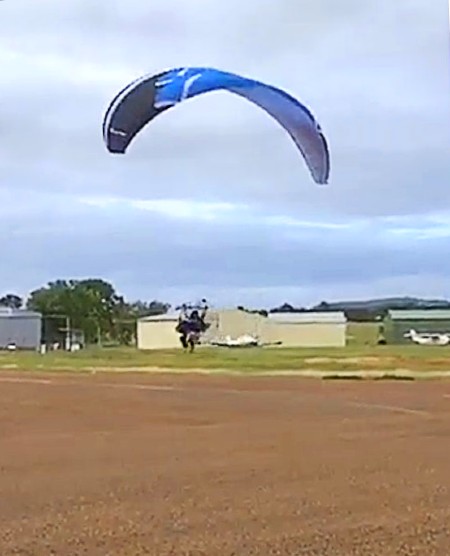
I kept climbing slowly until I reached my designated cruise altitude few hours into flight – between 7000ft and 9000 ft (2100-2700m).
When it was time to do the first fuel transfer from the front tank to the main one, I had a small failure in planned fuel delivery. It was planned that after a few pumps, the fuel would start flowing by gravity – the front tank was higher than main. This didn’t work, so during the entire flight, all the fuel was transferred manually with a primer bulb. All the 55 lt I had in there. Just squeezing that pump with one hand.
The weather was nice, sky fairly clear with some cumulus clouds starting to form. Even above the cloud base, already around 10am, I started feeling the thermic activity and it was tossing me around a bit. But nothing too serious to be worried of.
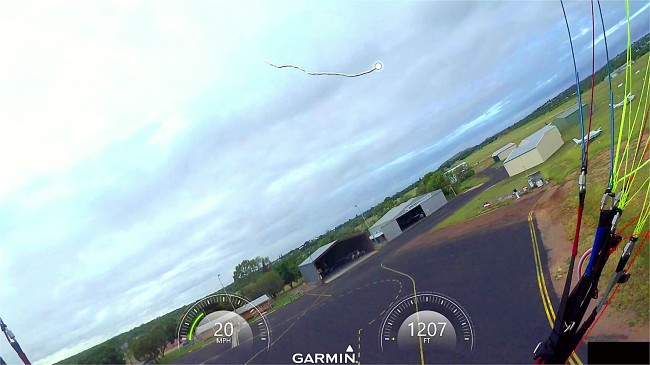
After passing Mount Isa, there were Cumulus clouds towering and that meant I needed to fly a bit “slow slalom” to pass those, because there was no point or even a way to climb over those towers.
This was also around the point that I had transferred last drop of fuel from front tank to main tank. I had used more fuel than I anticipated since I had to compensate the loss of tailwind with trimmers for a few hours, so as not to stretch the flight time. At this point I was thinking – I’m not going to make it.
After passing the clouds, I started getting gusty air and impressive tailwinds powered by an electric storm forming few hundred km away.
That allowed me to go trims-in and still do over 100 km/h easily.
Right around the current world record mark, I ran out of fuel.
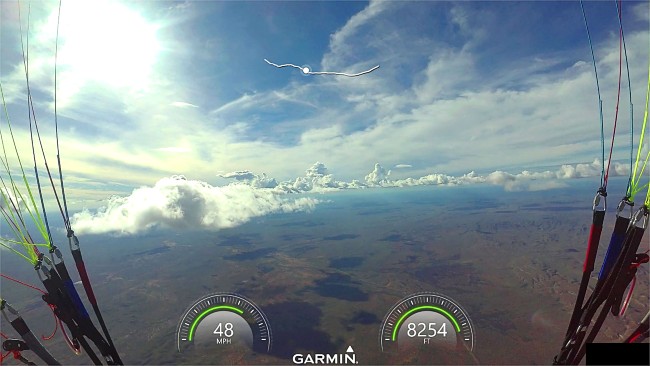
I was still 4500ft (1370m) AGL, so instead of heading for the road, I decided to push forward as far as I could. Thus, meaning I’m landing in the bush. The impressive glide of Paradox helped a lot.
Feet on the ground, I had another great feat to take on – 1.5km hike with my equipment on back to the road. I had Radio contact with my Chase car but since he had no portable GPS device, we decided that it would be better for me to make it out there myself and not risk getting him lost too.
Following my GPS, I started walking with all my equipment – still around 50kg on my back. That was a bad idea in +37ºC.
I stopped, drank all my water. Took engine off my back, marked the spot on my GPS and headed out with just wing, fuel bladder and all the electronics. Even then, it took me over 2h from landing to reach the road.
And then, after cooling off under aircon and rehydrating myself I was back to the bushes, following my GPS track and getting to my engine. Engine on my back and walking out again. It all took around 3.5h. Then we started the disassembly of the frame and loaded it on the car.
By the time we reachedthe first town with a motel and gas station, both had been closed for night.
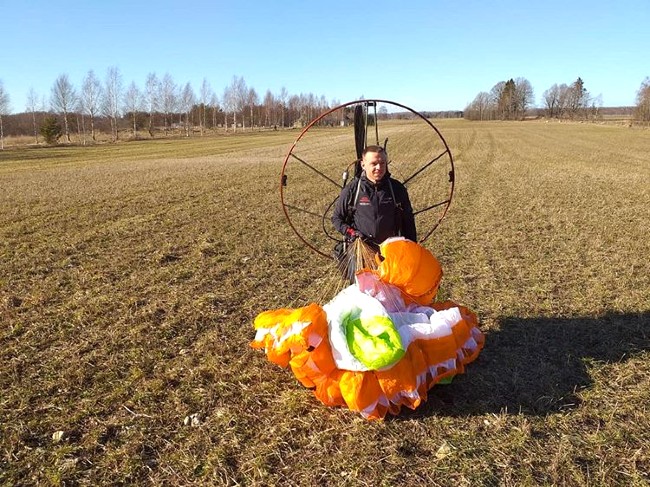
Out of fuel and with no bed, we camped out in the car waiting for the gas station to open. Having had breakfast and refuelled, we were ready to head back home.
It was an epic journey that I am happy that I managed to complete
Lauri Kadakis
About the gear, the Zero Gravity engine is very reliable. I flew the same engine in the last FAI Endurance world cup without any problems. It has roughly same thrust that Vittorazi Moster has, but with better consumption and fewer problems. It’s one of the few engines I trust to take on that type of flight.
The Mac Para Paradox glider has a good balance between efficiency, speed and safety. That made it truly one of the best gliders for this flight. I have used Paradox 18 in competitions and successfully. Also, I have fully tested the glider, so I was confident to go up in the middle of day, in tropical climate.
Mac Para Technology
Zero Gravity Propulsion Systems
Power2Fly
Metrotec
Keelutsoon
Estonian Air Sports Federation
VortexAero
BB Aero Maintenance
Special thanks to Ben Beattie For being my mechanic and chase-car driver in this adventure, and in the last endurance world cup!
For sure I will keep doing long flights. Whether I take on some other record or not is still to be decided, and depends on whether I get sponsors to back it. But flying is a huge part of my life, so I will keep doing that.
Now it is just time to choose another great adventure to work towards.
L.K.
*The world record claim is being revised by the FAI: www.fai.org


